via zerotothree.org
Try these fun activities with your children and watch how quickly they grow and learn!
Ramp-n-Roll!
Make a low ramp by balancing a cutting board on a small stack of books. Show toddlers how to roll a ball or toy car down this ramp. Can they do it too? Try rolling a beach ball down a longer ramp (an ironing board propped on a coffee table, stair-step, or pile of books). With your help, can they do this too? Activities like these help children develop a sense of confidence and self-efficacy (the notion that “I can do it!”). They also build torso control and upper body strength.
Cruising Curiosity
Place a collection of fun and interesting objects (feathers, spoons, whisk, balls, etc.) on top of a low table that is safe for the child to stand next to and cruise around. Encourage her to pull up on the table and check out the toys. Spot her carefully as she makes her way around the table to explore each of the objects you’ve placed there. Activities like this promote muscle strength and dynamic balance.
Basket-Stroll
Help children practice walking by filling a laundry basket with toys and then letting them stand and push it (while you stand on the other side and make sure the basket remains steady and doesn’t go too fast). This game will help toddlers develop muscle strength and balance. Be sure to watch what the child is communicating as he plays—if he looks like he is unsure of himself, slow things down and let him take his time.
Hello, Good-Bye!
Make a tunnel from a large cardboard box by opening both ends. Place the child at one end of the tunnel. You sit at the opposite end. Peek your face in the tunnel and say, “Hi!” Then lean away from the tunnel (so the child can’t see you) and say, “Bye!” Does the child try to communicate with you by crawling to find you, or by making sounds to copy your “hi” and “bye”?
Bubble Running!
Let the child stand or sit while you blow bubbles. Try to catch a bubble so that it is sitting on the bubble wand. Then say to the child, “Can you catch that bubble?” Encourage the child to reach out to touch or pop the bubble (from a standing or sitting position.) Activities like this build hand-eye coordination and balance.
Toy Treasures
Make a “treasure path” for children by leaving interesting toys for them to discover. Put some toys at floor level, other toys on stacked pillows, and one or two toys on a surface (like a side table) where the children can pull to stand to reach them. This game helps children develop muscle strength and balance. Be sure to watch their faces as they make their way along the treasure path. They’ll be communicating lots through their expression and sounds.
Sing and Do!
You can support children’s skills at back-and-forth communication by singing a simple song (like Pat-a-Cake, Wheels on the Bus or Twinkle, Twinkle) as you do one or two very simple movements with the song. Repeat them as long as the children seem interested. Sooner or later, you will see them start to mimic your movements and maybe even a word or two of the song!
Loud/Quiet Fill-n-Dump
Find two plastic buckets. With the children, fill one of the buckets with plastic balls and the other with dish towels, scarves, or foam balls. As you fill, talk about how each one is loud or quiet. Now dump them! Which one is loud? Which one is quiet? How do the children tell you which they prefer? Follow their lead and fill and dump that bucket again.
Swish Sounds
Place a box or basket on the floor and give the children several balls. Each time they put a ball in the basket, ring a bell, or honk a bicycle horn. This game builds both lower body strength and coordination. Be sure to talk about the loud and quiet noises in this game. Watch how your child responds when you “ring in” her baskets. Does she look interested or even move toward you to take a turn with the bell?
Fill’er Up!
Have the children help fill a plastic pitcher with balls or soft blocks. Then let them dump the pitcher out into a laundry basket or cardboard box. Watch them fill and dump, fill and dump to their heart’s content. Activities like this help children develop hand-eye coordination and fine muscle skills as they carefully select, reach for, and grasp each ball.
Concerned about your child's development?

ASSUME THAT I CAN | World Down Syndrome Day 2024
If we have positive assumptions about people with Down syndrome, we’ll give them more opportunities in their schools, workplaces, relationships and activities. And maybe these positive assumptions will become reality.
Read More...
The Power of People-First Language
This blog post from Parent to Parent USA discusses the importance of people-first language in referring to individuals with disabilities. It explains how this respectful language emphasizes personhood over disability and combats stereotypes and discrimination. The post delves into the historical advocacy for such language, its role in inclusive communication, and provides guidelines for its proper use.
Read More...
Volunteer Support Parent Training
Join Families Helping Families of Acadiana’s Acadiana Parent Connection for this free training to learn how to support parents of newly diagnosed children and become a Volunteer Support Parent.
Read More...

